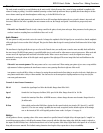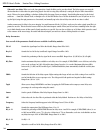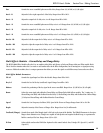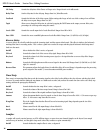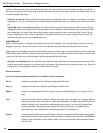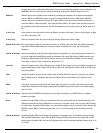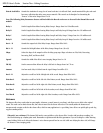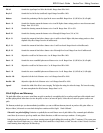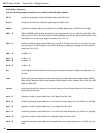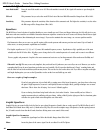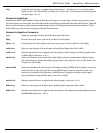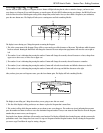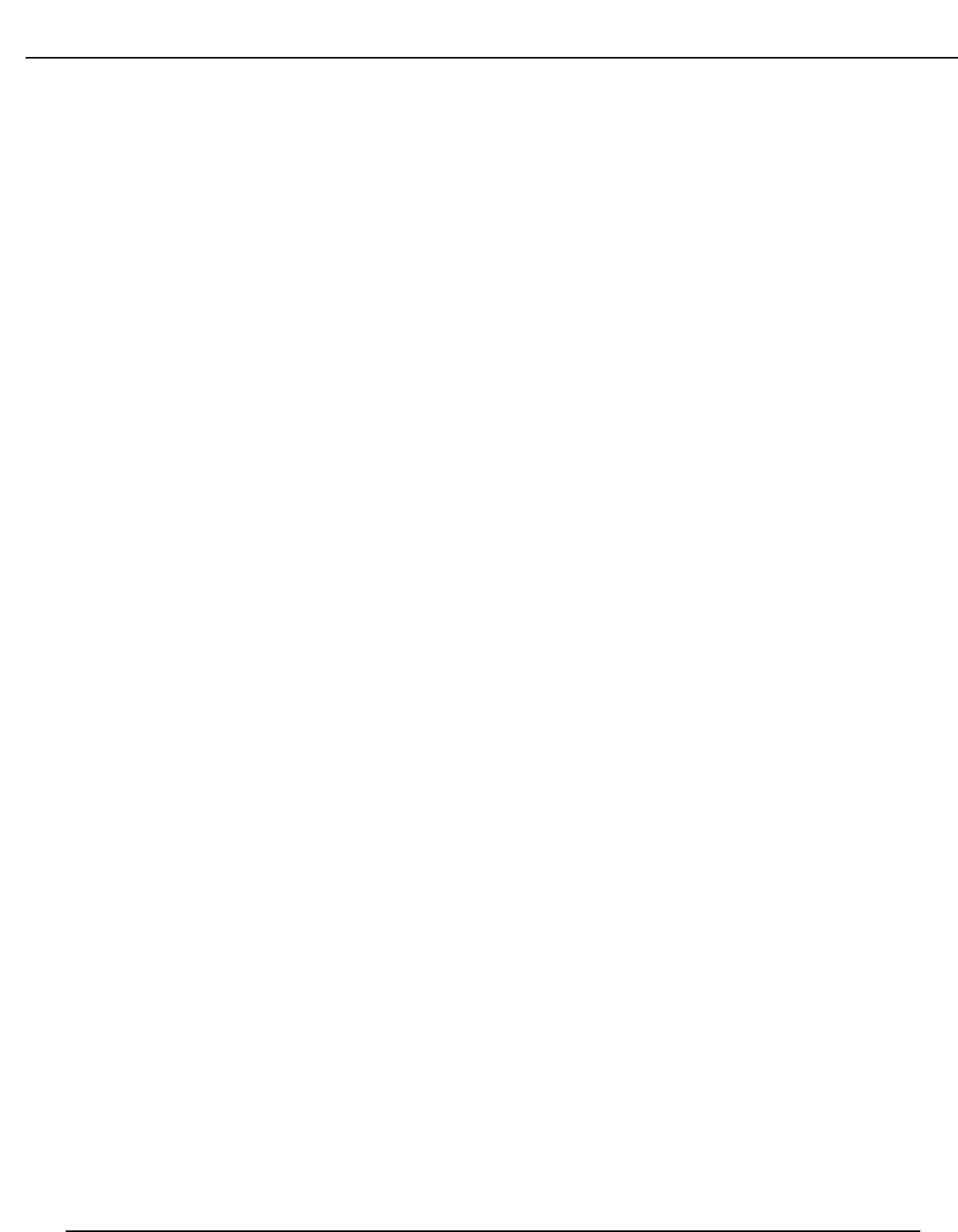
Prim & Secd Size Changes the relative room size of the Primary and Secondary reverb stages. Ranges from 1 to 5.
Prim & Secd Reflct Controls the simulation of energy loss of sound each time it is reflected. Hard, smooth materials like glass and wood
have more reflectivity that softer, more porous materials. This control can be thought of as determining the
“liveness” of the room. Ranges from 1 to 10.
Note: The following Delay Parameters that are utilized within the Reverb section are to be used in the Room Echo reverb
module.
Delay A Sets the length of time before hearing Delay Group A. Ranges from 0 to 120 milliseconds.
Delay B Sets the length of time before hearing Delay Group A and Delay Group B. Ranges from 0 to 120 milliseconds.
Delay C Sets the length of time before hearing Delay Group B and Delay Group C. Ranges from 0 to 120 milliseconds.
Delay D Sets the length of time before hearing Delay Group C and Delay Group D. Ranges from 0 to 120 milliseconds.
Out A - D Controls the output level of the Delay Groups. Ranges from Off to 100%.
Bal A - D Controls the left/right balance of the Delay Groups. Ranges from -99 to 99.
Shape Selects the shape of the output levels for the delay group taps. Shape selections are: Flat, Peak, Decreasing,
Increasing, Shelf, and Reverse Shelf.
Spread Controls the width of the effect’s stereo imaging. Ranges from 1 to 10.
FB: Dly Sets the amount of time before the delay is fed back in. Ranges from 0 to 170 ms.
Amount Sets how much delay is fed back into the signal. Ranges from Off to 50%.
Out L - R Adjusts the overall level of the left/right side of the reverb. Ranges from Off to 100%.
Prim Out L Adjusts the overall level of the left side of the Primary reverb. Ranges from Off to 100%.
Prim Out R Adjusts the overall level of the right side of the Primary reverb. Ranges from Off to 100%.
Secd Out L Adjusts the overall level of left side of the Secondary reverb. Ranges from Off to 100%.
Secd Out R Adjusts the overall level of the right side of the Secondary reverb. Ranges from Off to 100%.
Detuners
The detuner effect does exactly what its name implies; it detunes a sound (moves it out of tune) and allows you to add it to the original
sound. The result can be almost chorus-like, but it doesn't move like the chorus effect does. This actually makes the detuner more
transparent and not quite as thick as the chorus effect, which in many applications is a good thing (since effects can quickly pile up and clog
up great sounding audio).
When do I use a detuner? The detuner falls into the same guidelines as the chorus effect. It works with just about everything; It is
ideal for thickening up a rhythm guitar track. Remember to experiment with the delay parameters if you are looking for a wider detuning
sound. Adding 30-60 ms of delay to the detuner's voices that are panned hard to one side (while not delaying the other side) will change
the detuner's stereo imaging greatly.
40
RP21D User’s Guide Section Two - Editing Functions




